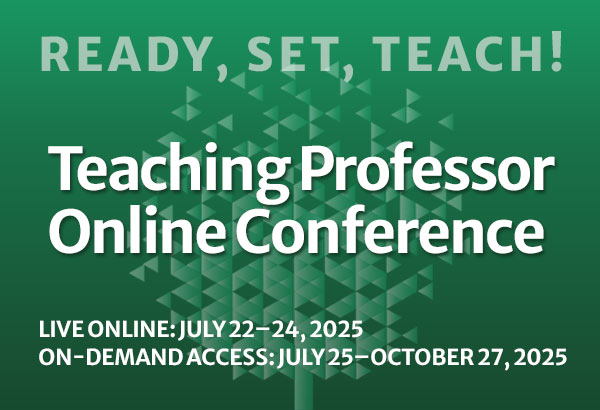
Study Groups: They Can Improve Grades and Learning
Students can learn from and with each other—that’s supported by multitudes of research and maybe in your own experience as well. The learning doesn’t happen automatically, and the group study doesn’t rule out the necessity of individual study. But study groups can improve exam scores












